Anima Mundi, Beauty News
Deep Roots: The History, Culture, and Spiritual Significance of the Sacred Masculine
June is a unique time to celebrate the men and father figures who shape our lives. This month, the essence of the ‘sacred masculine’ becomes more evident, particularly with the Summer Solstice occurring shortly after Father’s Day. But what exactly is the sacred masculine, and how is it perceived in various cultures?
The sacred masculine is an evolving concept found in numerous spiritual and philosophical traditions. It encompasses qualities such as protection, guidance, inner strength, and resilience. Although the term itself is not linked to a singular origin, many ancient societies have honored masculine virtues through their revered deities and archetypes.
Ancient Civilizations and the Sacred Masculine
Dating back to 3000 BCE, the Sumerians of ancient Mesopotamia revered Enlil, the lord of the air and sky, who embodied masculine authority and power. In ancient Egypt, Horus was a symbol of kingship and protection, while Ra, the sun god, represented creation and life. In Greek mythology, Zeus stands as a figure of power and authority, while Norse mythology honors Odin for his wisdom, war prowess, and poetic skills. These deities encapsulate key traits of the sacred masculine: strength, leadership, and vitality.
In Hinduism, the divine masculine is embodied in deities like Shiva and Vishnu, who represent various aspects of masculinity, ranging from destruction and creation to preservation and protection. Indigenous cultures across Africa, the Americas, and Australia also acknowledge male deities and spirits as representations of the sacred masculine, often connected to natural elements like the sun and sky. These traditions stress the importance of balancing masculine and feminine energies for both personal and communal well-being and harmony with the natural world.
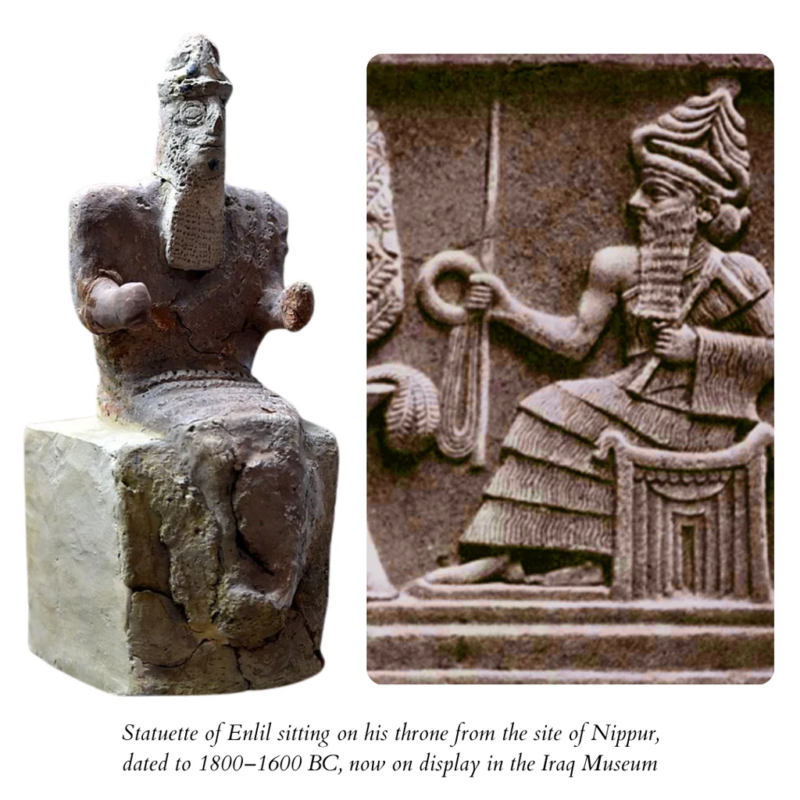
Masculine Herbs in the Americas
Before European contact, indigenous peoples of the Americas maintained rich traditions of herbal medicine for thousands of years. These cultures developed advanced systems of herbal medicine through centuries of observation and experimentation. Many of the herbs used in these traditions continue to be valued for their medicinal properties today.
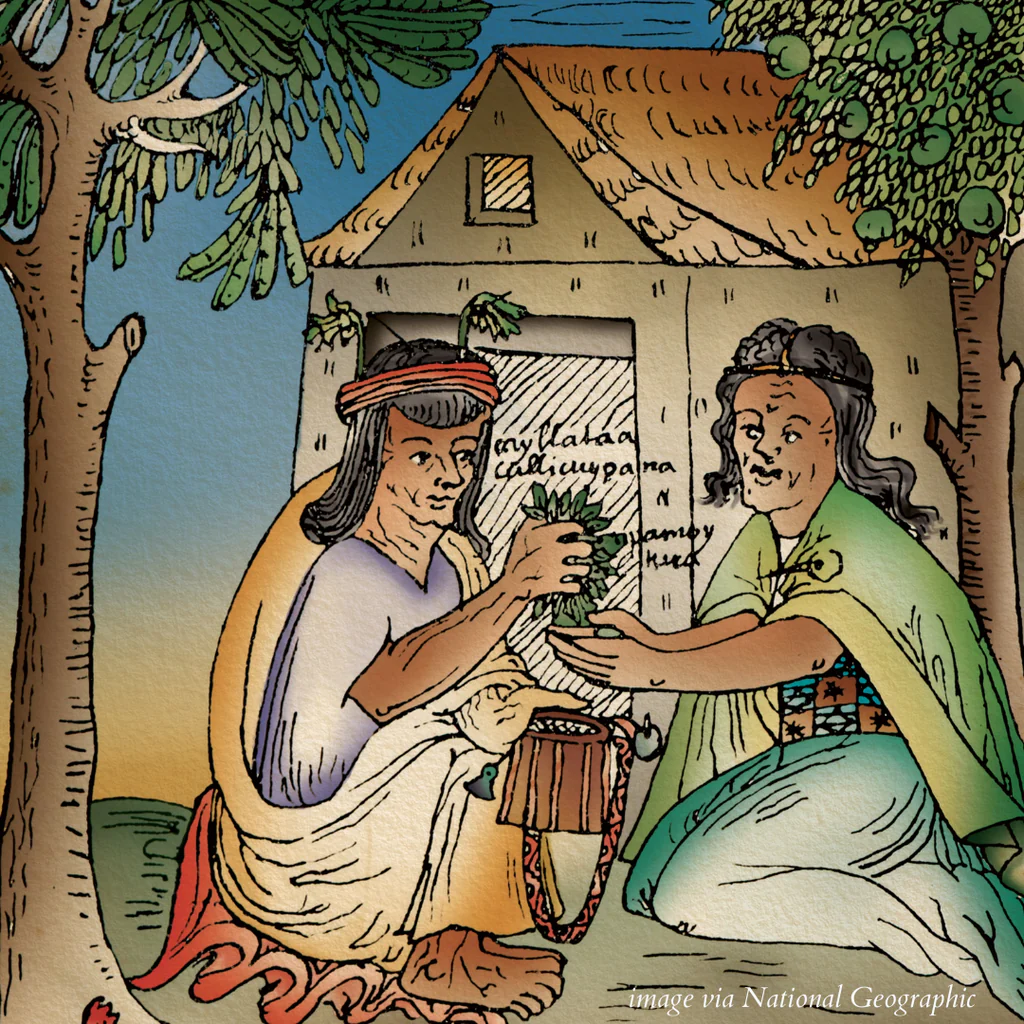
Civilizations like the Maya, Aztec, and Inca cultivated extensive botanical knowledge, utilizing a wide range of medicinal plants for healing and spiritual purposes. Maca root, for example, is native to the Andean highlands of Peru and has been cultivated for over 2,000 years for its nutritional and medicinal properties. The Inca civilization valued maca as a sacred plant and a source of strength, vitality, and fertility. Today, maca is prized for its adaptogenic properties, supporting energy, stamina, and hormonal balance in both men and women.
In addition to their physical healing properties, many masculine herbs in indigenous traditions are believed to possess spiritual qualities that help men connect with their inner strength, wisdom, and vitality. These herbs are often used in rituals and ceremonies to promote personal growth, self-discovery, and empowerment. For example, the coca leaf in Andean cultures such as the Quechua and Aymara has a long history of use as a stimulant, appetite suppressant, and medicine for altitude sickness. Beyond its physical effects, coca is considered a sacred plant, used in rituals to connect with the spiritual realm and invoke blessings.
Masculine Herbal Energetics According to Ancient Traditions
Rooted in ancient herbalism, The Doctrine of Signatures posits that plants often resemble the conditions they can treat or the body parts they benefit. In the realm of the sacred masculine, several herbs beautifully illustrate this concept:
- Sturdy, upright stems or robust leaves: Basil, rosemary, sage, and nettle reflect strong and resilient masculine energy.
- Deep roots or thorny exteriors: Ginseng, dandelion, burdock, and hawthorn symbolize protection and fortitude, helping us establish boundaries and navigate challenges.
- Thriving in sunny, arid environments or exhibiting fiery colors: Turmeric, ginger, cayenne, and thyme embody the sacred masculine, inspiring us to pursue our passions and embrace our inner light.
Traditional Chinese Medicine and the Sacred Masculine
Traditional Chinese Medicine (TCM) offers a rich perspective on the sacred masculine, often embodied by yang energy. Yang is associated with heat, activity, light, and masculinity, balancing yin, which represents coolness, passivity, and femininity. Optimal health in TCM is achieved through a balance between yin and yang.
Key yang-tonifying herbs in TCM include:
- Epimedium (Horny Goat Weed): Boosts libido and strengthens bones. Studies have shown that Epimedium may increase testosterone levels and improve sexual function in men.
- Cistanche: Enhances reproductive health and moistens intestines. Research indicates that Cistanche may improve erectile function and increase sperm count and motility.
- Eucommia: Possesses anti-inflammatory and bone-strengthening properties, beneficial for joint and bone health.
- Morinda Root: Addresses impotence, frequent urination, and joint pain. Known for its vitality-boosting properties, Morinda Root has been used traditionally to enhance male sexual health and alleviate fatigue symptoms.
- Cnidium: Warms kidney yang and addresses erectile dysfunction. It is also recognized for its anti-inflammatory properties and traditional use in improving sexual function.
Ayurveda’s Perspective on the Sacred Masculine
For more valuable insights into the sacred masculine, the ancient Indian healing system Ayurveda provides detailed guidance on balancing the three doshas—Vata, Pitta, and Kapha. The Pitta dosha, governing metabolism, energy, and transformation, is often said to represent the masculine principle. Key masculine herbs in Ayurveda include:
- Ashwagandha: Enhances strength, vitality, and stress resilience. Numerous studies have shown that Ashwagandha can reduce cortisol levels, enhance muscle mass, and improve endurance.
- Shilajit: Boosts stamina, energy, and sexual health. Research has demonstrated Shilajit’s potential to improve male fertility by increasing sperm count and motility.
- Gokshura (Tribulus terrestris): Supports urinary and reproductive health. Clinical studies have shown Gokshura can enhance libido and treat erectile dysfunction.
- Mucuna Pruriens: Improves mood, libido, and muscle mass. Mucuna has been proven to help increase dopamine levels, improve mood, and support male reproductive health.
The Historical and Cultural Significance of Masculine Herbs
Spanning various civilizations and traditions, the historical and cultural significance of these herbs is profound. One such herb, revered in East Asia for centuries, is Ginseng. This herb holds a significant place in traditional medicine, particularly in Chinese and Korean cultures. Ginseng has long been considered a tonic for longevity and vitality, with ancient texts from China documenting its use in strengthening the body’s vital energy, known as Qi. In South America, Brazilian Ginseng (Suma) is known as a general and sexual tonic, and as para toda, or “for all things,” thanks to its energizing, rejuvenating, and cure-all actions for many types of dis-eases.
Another herb deeply intertwined with numerous historical and cultural contexts is Turmeric. Originating from Southeast Asia, Turmeric has been a staple in Ayurvedic medicine for thousands of years. Revered for its potent anti-inflammatory and antioxidant properties, Turmeric plays a vital role in promoting overall well-being and vitality. Traditional practices in India often involve the use of Turmeric in religious ceremonies and as a symbol of purification and protection. Unsurprisingly, its vibrant golden hue mirrors the radiance and vitality associated with the sacred masculine.
Moving to the Middle East, the historical significance of Cumin cannot be overlooked. Widely used in ancient Egyptian, Greek, and Roman civilizations, Cumin was prized for its medicinal and culinary properties. It was believed to aid digestion, boost energy, and promote vitality. Cumin seeds were also used in rituals and ceremonies, reflecting the reverence for its beneficial qualities.
In the Americas, Sage holds immense cultural importance. Native American tribes have long regarded Sage as a sacred herb, using it in spiritual rituals, purification ceremonies, and medicinal preparations. Sage represents wisdom, clarity, and protection, embodying the essence of the divine masculine. Its aromatic smoke is believed to cleanse negative energies and restore balance, making it an integral part of indigenous healing practices.
Scientific Validation of Traditional Uses
Scientific studies increasingly validate the traditional uses of these herbs, highlighting their medicinal properties and benefits for men’s health:
- Saw Palmetto: Widely used for prostate health, Saw Palmetto has been shown to alleviate symptoms of benign prostatic hyperplasia (BPH), improving urinary function and reducing inflammation.
- Ginseng: Known for its adaptogenic properties, Ginseng enhances physical and mental performance. Clinical trials have found that Ginseng can improve erectile function and boost overall energy levels.
- Turmeric: With its active compound curcumin, Turmeric has potent anti-inflammatory and antioxidant properties. Studies suggest it can improve joint health and reduce symptoms of depression and anxiety.
- Ginger: Traditionally used to treat digestive issues, Ginger also has anti-inflammatory and antioxidant effects. Research indicates it can reduce muscle pain and soreness, making it beneficial for active individuals.
- Cayenne: Containing capsaicin, Cayenne pepper is known for its pain-relieving properties and ability to boost metabolism. Studies show it can enhance blood circulation and support cardiovascular health.
Embracing the Sacred Masculine Today
Recently, there has been a growing interest in reclaiming and redefining the sacred masculine in response to changing social and cultural dynamics. This movement aims to honor and celebrate healthy expressions of masculinity while challenging harmful stereotypes and behaviors that perpetuate violence and oppression. By honoring the sacred masculine, we acknowledge its essential role in contributing to a balanced and harmonious society, much like the balance required between the masculine and feminine energies within ourselves.
Nature’s abundant selection of masculine herbs offers a wealth of solutions for anyone seeking to optimize their health and well-being. These herbs can be especially beneficial for promoting restful sleep, managing stress, supporting prostate health, and enhancing sexual vitality, among other keys to unlocking the full potential of the sacred masculine. By incorporating these herbs into a balanced daily regimen, those seeking to cultivate more resilience, vitality, and a deeper sense of connection to their innate masculine essence may find themselves lovingly held by these powerful plants.
Conclusion
The sacred masculine, deeply rooted in history and culture, represents qualities that are essential for individual and communal well-being. From ancient civilizations to modern times, the significance of masculine virtues and the use of masculine herbs in healing practices highlight the timeless wisdom of this concept. By embracing the sacred masculine, we honor the balance of energies within ourselves and contribute to a harmonious society. Whether through the use of traditional herbs or the celebration of masculine qualities, the sacred masculine continues to inspire and guide us towards strength, resilience, and vitality.

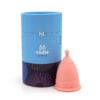
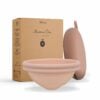




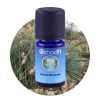
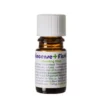









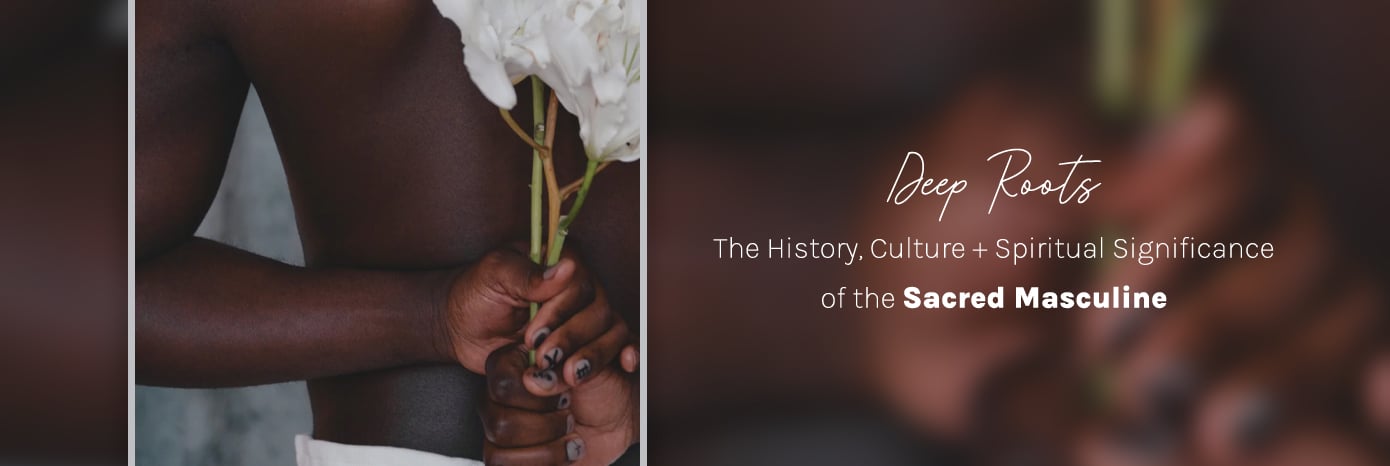

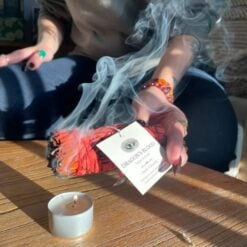

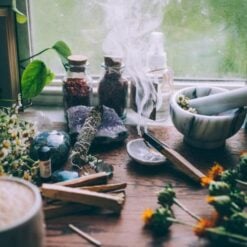
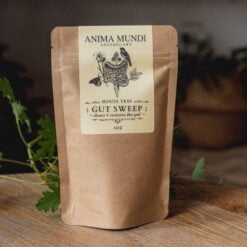


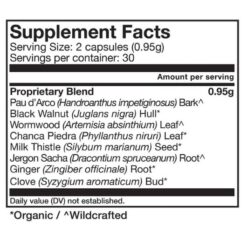


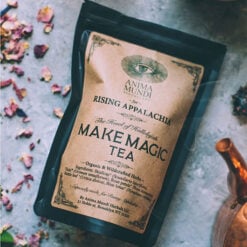
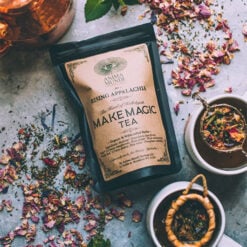




















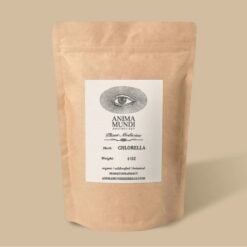
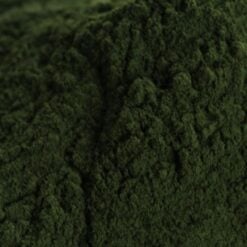
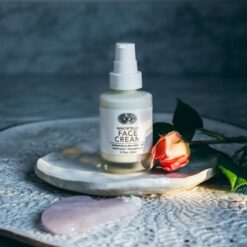

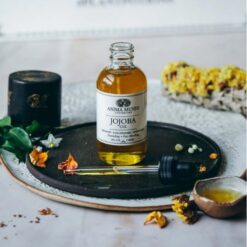
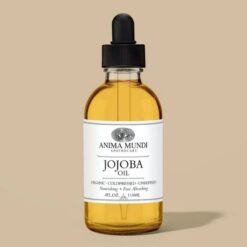
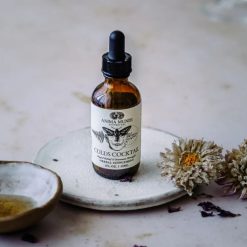
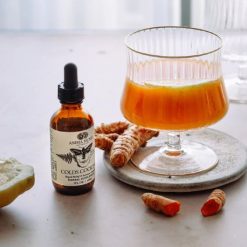
 Beauty Products
Beauty Products By Skintype
By Skintype Brands A-Z
Brands A-Z Wellness
Wellness Health / Nutrition
Health / Nutrition